As the child grows, its lateral dominance is defined. That is, which side will be more agile and stronger, for example. According to Oliveira (1997), laterality is the ability that every human being has to use one side of the body more than the other.
For the child to learn the notions of right and left, it is important to encourage concepts and references that explore laterality.
To better understand the subject, we selected some activities to work laterality in the classroom.
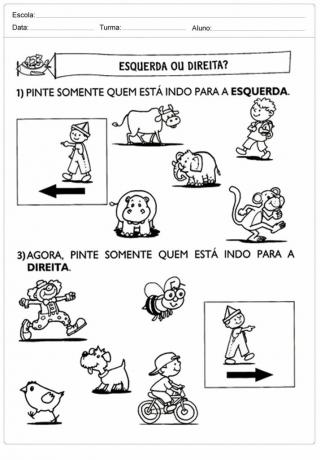
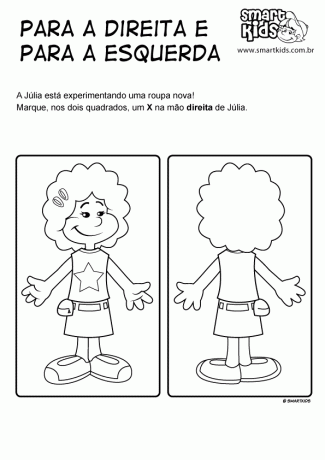



1) Playing Robot with two children
One child will be the robot and the other will be the guide. They match robot signals with teacher. For example: if the guide touches anywhere on the right side of the robot, it needs to turn to the right; if it touches the top of its head, the robot needs to bend down. The teacher can combine all the movements with the students. Then the play can be performed by displacement, and again it is necessary to combine all the movement signals. For example: touching the shoulders is a sign that the robot needs to keep walking; if the touch is on the head, it means the robot needs to stop.
2) Storm – circles
It is necessary to draw some circles on the floor with chalk, the number of circles is according to the number of participants in the game. Each participant needs to stay within their circle, minus one member. This member outside the circle needs to say: Left – all other participants need to step to the left. When he says right – all participants need to step to the right. Remembering that this step means changing circles, that is, one step to the right, the participant moves to the next circle. When the member outside the circle says Storm – Everyone needs to choose another circle, including those outside it. Remembering that one will be left out and it will be necessary for someone to start the game again.
Did you like it? Share this post on your social network
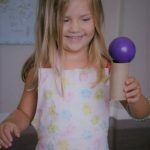 MOTOR COORDINATION ACTIVITIES
MOTOR COORDINATION ACTIVITIES
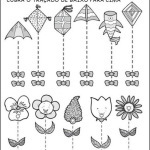 Children's education activities motor coordination
Children's education activities motor coordination
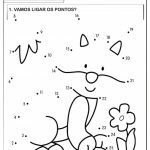 10 EDUCATIONAL ACTIVITIES OF CONNECTING POINTS
10 EDUCATIONAL ACTIVITIES OF CONNECTING POINTS
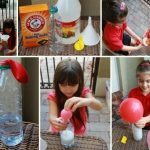 HOW TO WORK THE MOTOR COORDINATION
HOW TO WORK THE MOTOR COORDINATION
 PSYCHOMOTOR ACTIVITIES FOR EARLY CHILDHOOD EDUCATION
PSYCHOMOTOR ACTIVITIES FOR EARLY CHILDHOOD EDUCATION
 2 CLASS PLAN SPACE NOTION EARLY CHILDHOOD EDUCATION
2 CLASS PLAN SPACE NOTION EARLY CHILDHOOD EDUCATION
This site uses Akismet to reduce spam. Learn how your comment data is processed.
